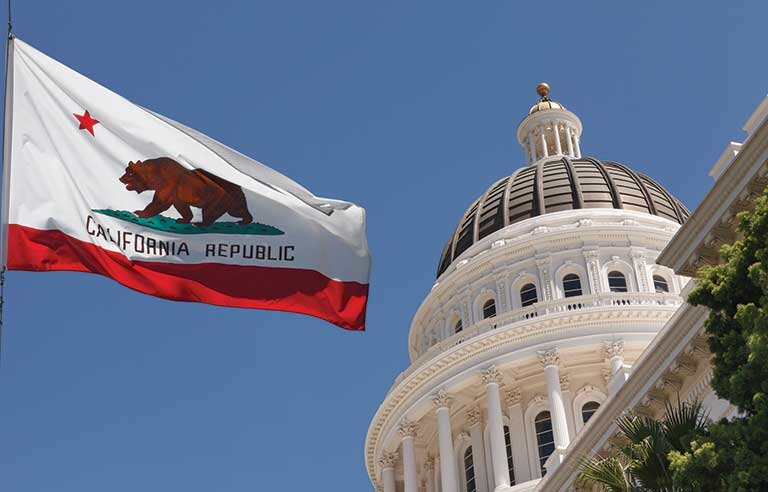Restoring Your Rights
Depending on why your gun rights were revoked, there are different ways to restore your gun rights in California. Some of the most common are:
Reducing a felony “wobbler” conviction to a misdemeanor
Obtaining a California Certificate of Rehabilitation
Cleaning Up Your Record with Proper Disposition Information
Filing a Petition to Re-Classify or Seal with the Court (Prop 64)
Gubernatorial pardon
Reducing a felony “wobbler” to a misdemeanor
“Wobblers” are crimes that can be punished as either a felony or misdemeanor. If you have been convicted of a felony wobbler, it might be possible to reduce your conviction to a misdemeanor. This will result in the restoration of your gun rights.
In some cases, it’s not possible to reduce a felony wobbler to a misdemeanor. This includes felonies involving a dangerous weapon, domestic violence convictions and felonies which require a sentence in California State Prison. Speak with your attorney about your specific situation to find out if you are eligible.
Felony wobbler charges can be reduced at any time, so you can file a petition even if you are still on probation.
California Certificate of Rehabilitation
Another way to restore your gun rights is by receiving a California Certificate of Rehabilitation, which shows that you have been successfully rehabilitated following a conviction. The application for a Certificate of Rehabilitation is made to the superior court in the county where you live.
To apply, you must have lived in California for at least five (5) years since the completion of your sentence or your release.
Once you obtain your Certificate of Rehabilitation, it becomes an automatic application for a gubernatorial pardon. The governor’s office has complete discretion on determining whether or not to give you a pardon, and it is subject to the circumstances around your conviction and your criminal history.
Cleaning Up Your Record
Many times old arrests never amount to charges being filed or may end in dismissal or other type of final disposition. Those older records can be missing vital information that prove that your rights should not be prohibited. Our team works with local jurisdictions to try to track down your missing and archive records and piece together the proof needed to update your record.
Filing Petition To Seal with the Court
Once we have the information to prove that your disposition on the record is incorrect or that there were never charges filed, filing a Petition To Re-Classify or Seal with the court may be an option for your case. Each case is different and requires different steps along the way, but our team of experts will guide you through that process. When a record is sealed, it does not erase it from your record, but it does mean that the arrest should not show up on background check information and is basically as if the arrest never happened. Specific items must be plead and proven in this process in order for the court to order the record to be sealed. Once a court approves a petition, your record should reflect this change within a few months, however there are times where we must work with the California DOJ to encourage the change to a record based upon the court order.
Gubernatorial Pardon
Many people think that taking their plea to the Governor is a sure way to clear their record. Reality is that the Governor of California pardons very few people in any given year and rarely does he pardon anyone for crimes related to firearms. While you can always file for a pardon, you are more likely to have a quicker response with one of the other ways of cleaning up your record.
